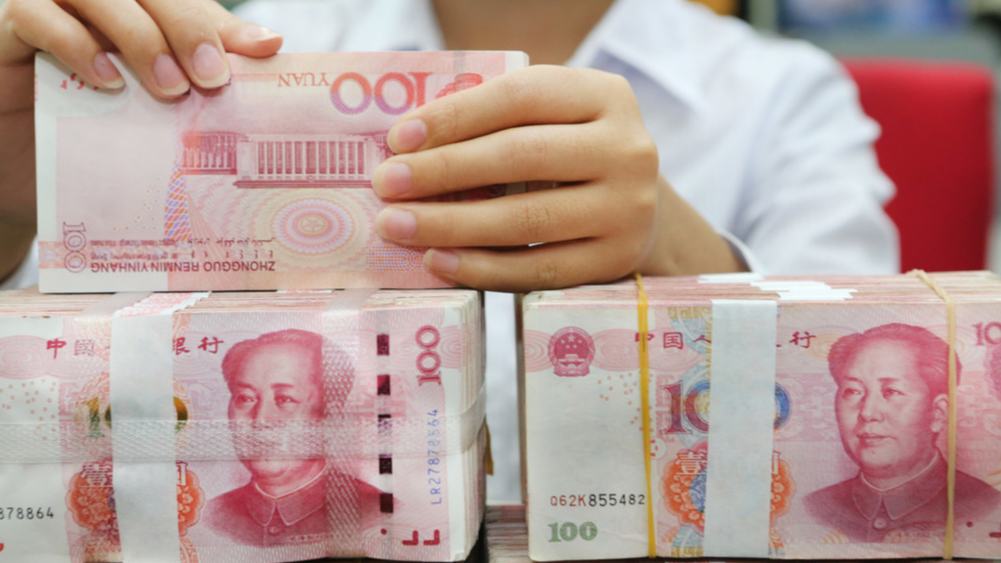
China's six largest State-owned commercial banks have reported solid interim results for the first half of the year, demonstrating progress in optimizing credit structures and channeling funds to the real economy.
Loan growth in the areas of green, inclusive and technology finance all outpaced overall lending, highlighting a shift toward priority sectors.
Bank of China increased lending to key economic areas in the first half, with equipment upgrade loans surpassing 90 billion yuan ($12.6 billion) by the end of June, while manufacturing loans rose 12.99 percent and strategic emerging industry loans jumped 22.92 percent. Technology loans reached 4.59 trillion yuan ($643.62 billion), accounting for more than 30 percent of the corporate portfolio.
ALSO READ: Big banks cut deposit rates to strengthen sector stability
The Industrial and Commercial Bank of China's technology loans climbed 6 trillion yuan ($841.33 billion), up 20 percent year-on-year, with green loans exceeding 6 trillion yuan and inclusive finance loans rising 17.3 percent. Loans to core digital economy industries topped 1 trillion yuan ($140.22 billion). China Construction Bank posted similar gains, with technology loans at 5.15 trillion yuan ($722.14 billion), green loans at 5.72 trillion yuan ($802.07 billion), and digital economy lending at 852.4 billion yuan ($119.53 billion).
Experts said the banks will continue prioritizing advanced manufacturing, technology upgrades, green energy and inclusive finance in the second half of the year.
Lou Feipeng, a researcher at Postal Savings Bank of China, said the banks have made progress by targeting key industries and underfinanced areas. He expects them to maintain this focus in the second half while improving credit quality through stronger policy guidance, optimized loan structures, digital transformation and tighter risk management.
ALSO READ: Six banks to invest in big way in IC fund
Zeng Gang, chief expert and director of the Shanghai Institution for Finance & Development, said higher-quality credit allocation requires balancing growth with risk, pricing with risk and loan speed with structural optimization, while aligning financing with industrial policy, regional planning and capital market development. He also emphasized the need for forward-looking risk management.
Dong Ximiao, chief researcher at Merchants Union Consumer Finance, cautioned that credit demand in the real economy remains weak, with banks facing pressure in small and micro enterprise lending, real estate and household credit. He stressed the importance of addressing existing risks while preventing new ones.
Lin Li, vice-president of the Agricultural Bank of China, said the bank will continue to reinforce risk controls in key sectors and proactively implement forward-looking structural adjustments. The bank will focus on managing risks arising from structural industry imbalances, closely monitoring companies and projects with potential risks, and carefully reducing loans to outdated capacity and low-efficiency clients to optimize its credit structure.
READ MORE: Banks urged to seek quality over quantity
As of the end of June, ABC's nonperforming loan ratio stood at 1.28 percent, down 0.02 percentage points from the start of the year.


